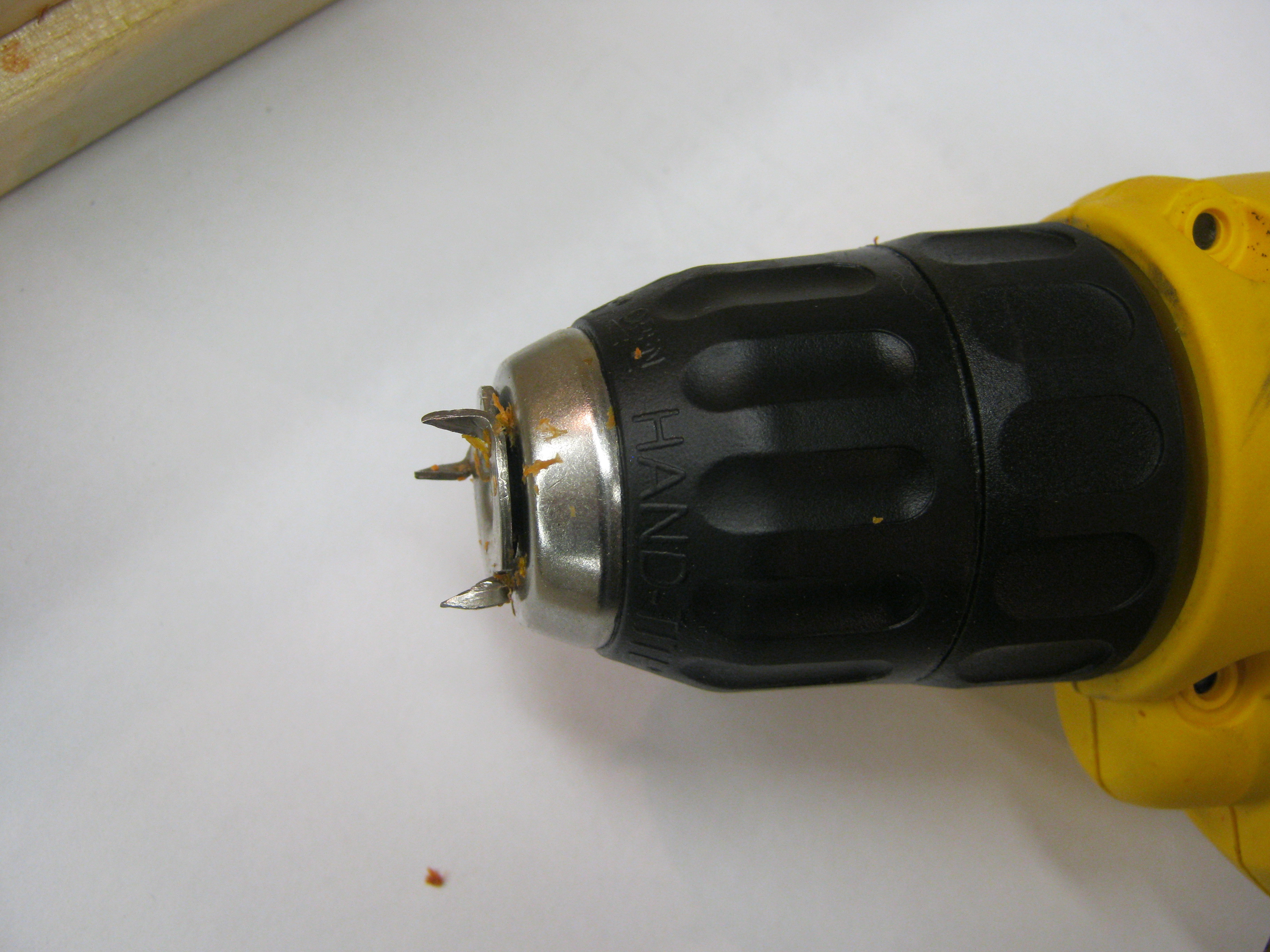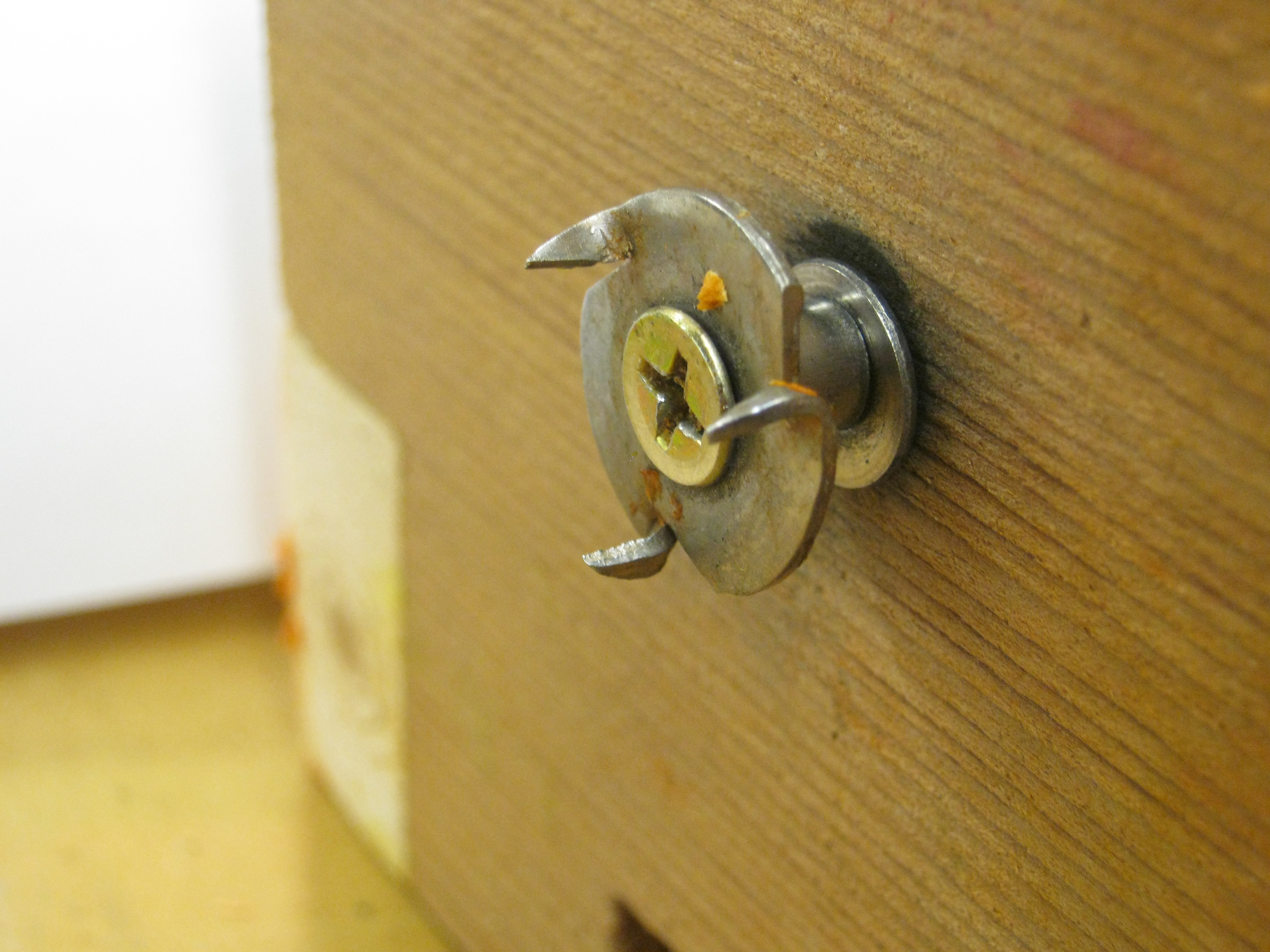As part of a project for an Industrial Design studio I was instructed to come up with concepts for improving the enjoyment of a mobile meal/snack or food on the go.
Nothing is more mobile than the ubiquitous baby carrot and during the project research phase I did a lot of reading on how baby carrots are produced. This got me thinking about making my own baby carrots and ultimately into the idea of making carrots into even cooler shapes. The idea for the carrot lathe was born.
To complete my class project I did a series of concept sketches for what a carrot lathe appliance could potentially look like. I also built a prototype using simple building techniques and materials and this guide documents that build.
My family and classmates had a lot of fun lathing carrots and then eating the fruits (vegetables) of their labor. A nice side effect is what my instructor dubbed bleu cheese adhesion improvements – that is, your favorite dip really clings to all those fun ridges you can put in your carrot stick.
This is a very simple build with nothing fancy required and the result is a lot of fun for kids of all ages.






























